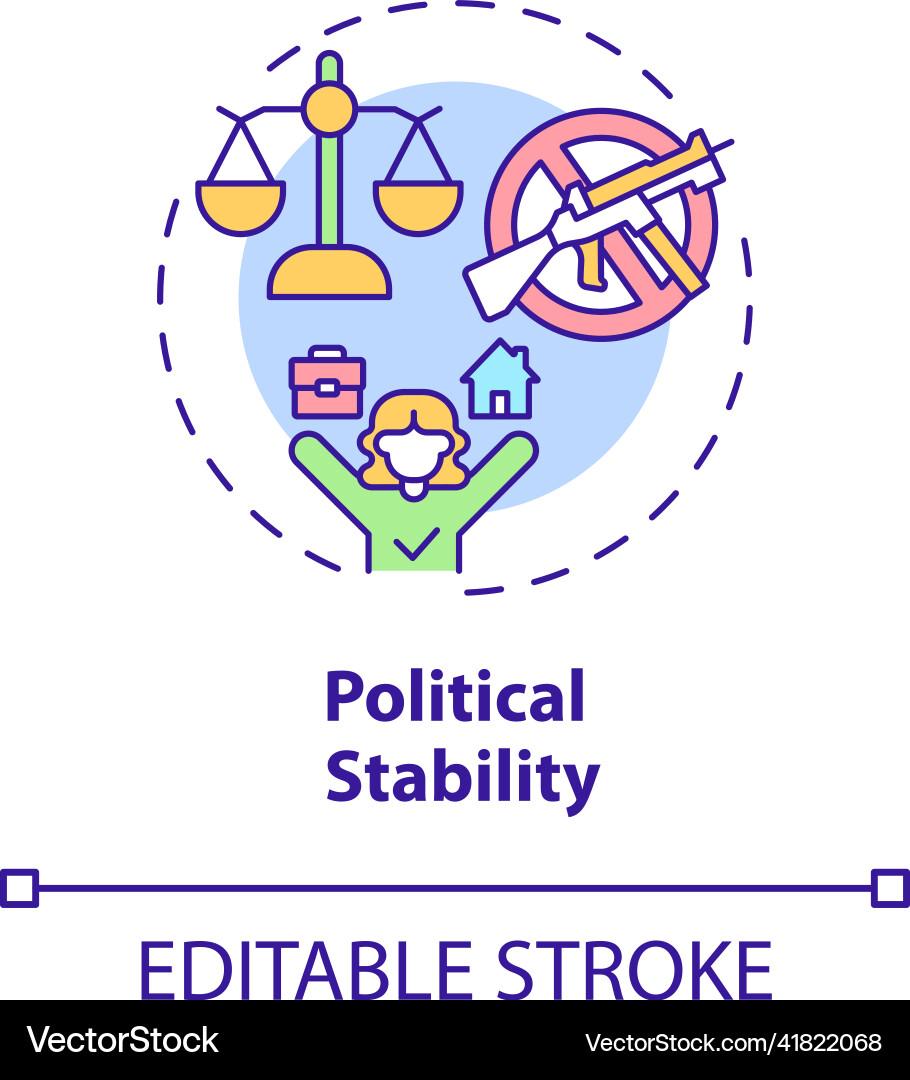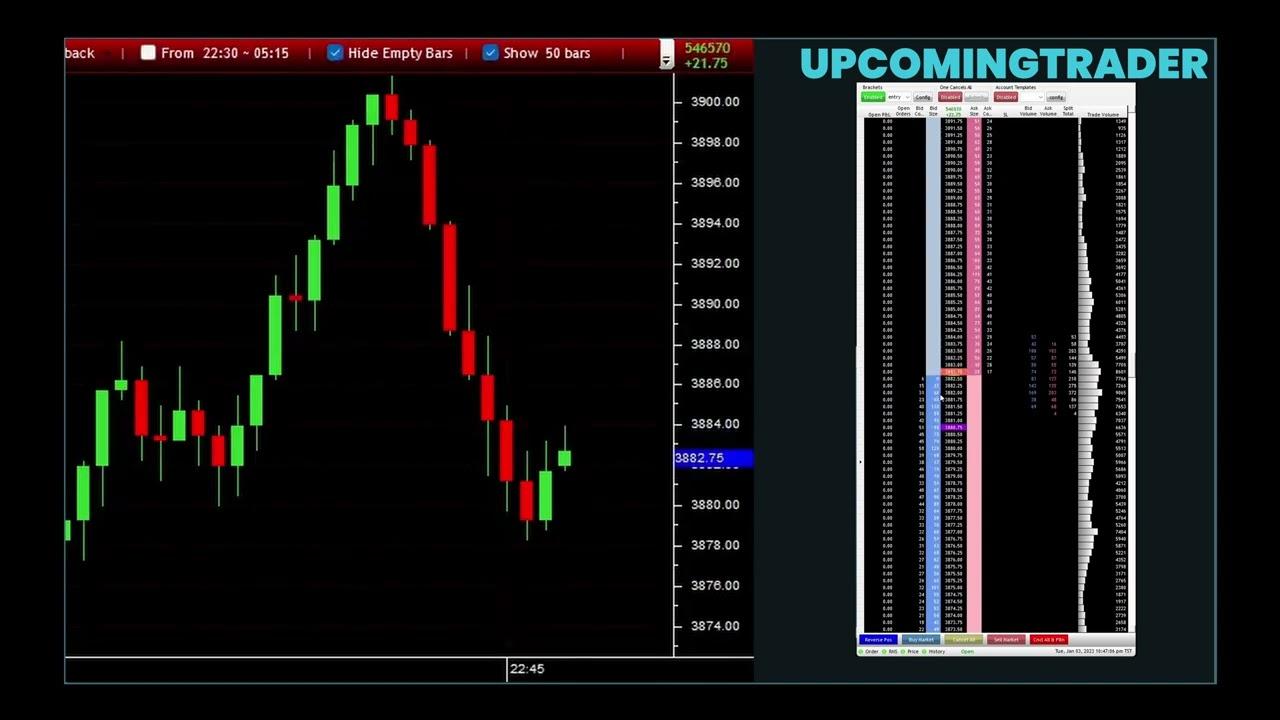In the ever-evolving landscape of global finance, where opportunities stretch across borders and markets pulse with potential, the art of evaluating credit risk in international markets emerges as both a science and a craft. Navigating this intricate terrain requires more than just a keen eye for numbers; it demands a profound understanding of diverse economic climates, regulatory frameworks, and cultural nuances. As businesses and investors seek to expand their horizons, the ability to accurately assess credit risk becomes paramount, serving as a compass that guides strategic decisions and safeguards financial health. This article delves into the multifaceted world of international credit risk evaluation, offering authoritative insights and innovative strategies to equip you with the tools necessary to thrive in a complex global marketplace. Join us as we unravel the complexities and illuminate the path to informed decision-making in the realm of international finance.
Understanding the Global Financial Landscape
In the intricate world of international finance, evaluating credit risk requires a multifaceted approach that considers both quantitative and qualitative factors. Understanding the economic stability of a country is paramount. Key indicators such as GDP growth rate, inflation rate, and political stability can provide insights into the overall economic health and potential risks. Additionally, examining the country’s credit rating from reputable agencies can offer a snapshot of its financial credibility. However, relying solely on these metrics can be misleading if not coupled with a deep dive into the socio-political climate and regulatory environment.
To further refine your assessment, consider the following elements:
- Market Volatility: Analyze historical data on currency fluctuations and stock market trends to gauge potential risks.
- Industry-Specific Risks: Identify sectors within the country that may be more vulnerable to economic downturns or regulatory changes.
- Corporate Governance: Evaluate the transparency and ethical standards of companies within the market to assess their risk profile.
- Cross-Border Regulations: Understand the impact of international trade agreements and tariffs on the market’s financial ecosystem.
By integrating these diverse aspects, investors can develop a comprehensive view of credit risk, enabling informed decision-making in the global arena.

Assessing Political and Economic Stability
When evaluating credit risk in international markets, understanding the political and economic landscape of a country is paramount. Political stability can greatly influence a country’s economic performance and, consequently, its ability to meet debt obligations. Factors to consider include:
- Government stability: Frequent changes in government or policy can lead to economic uncertainty.
- Regulatory environment: A robust legal framework that protects investors’ rights can enhance confidence.
- Corruption levels: High corruption can undermine economic growth and affect creditworthiness.
On the economic front, it’s essential to assess indicators such as GDP growth, inflation rates, and fiscal policies. Key economic factors include:
- Economic growth trends: Sustained growth can signal a healthy economy capable of servicing debt.
- Debt levels: High public debt relative to GDP can indicate potential repayment challenges.
- Foreign exchange reserves: Adequate reserves can buffer against external shocks and currency volatility.
By meticulously analyzing these elements, investors can gain a comprehensive understanding of the risks associated with lending in international markets.

Navigating Currency Fluctuations and Exchange Risks
In the ever-evolving landscape of international finance, businesses must adeptly manage the dynamic nature of currency values to mitigate potential exchange risks. The volatility of foreign exchange rates can significantly impact the financial stability of companies operating across borders. To navigate these fluctuations effectively, it is crucial to employ strategic measures that can safeguard against unforeseen financial setbacks.
Consider the following strategies to minimize exposure to currency risks:
- Hedging Techniques: Utilize financial instruments such as futures, options, and forward contracts to lock in exchange rates and protect against adverse movements.
- Currency Diversification: Spread financial assets across various currencies to reduce reliance on a single currency and buffer against localized economic disruptions.
- Regular Monitoring: Implement robust systems for continuous tracking of currency trends and economic indicators to anticipate potential risks and adjust strategies accordingly.
By integrating these practices, businesses can better position themselves to withstand the unpredictable nature of global currency markets, ensuring a more stable and resilient financial footing.
Leveraging Advanced Analytical Tools for Risk Assessment
In the dynamic landscape of international markets, the assessment of credit risk demands a robust approach, leveraging cutting-edge analytical tools. Advanced data analytics have revolutionized the way financial institutions evaluate potential risks, providing deeper insights into market trends and borrower behavior. These tools harness vast datasets, employing machine learning algorithms to predict creditworthiness with remarkable accuracy. By integrating such technologies, organizations can identify potential red flags early, ensuring a proactive approach to risk management.
Key tools and techniques that are indispensable in this domain include:
- Predictive Analytics: Utilizes historical data to forecast future credit risk scenarios, allowing for informed decision-making.
- Big Data Analytics: Processes large volumes of data from diverse sources, offering a comprehensive view of market conditions and borrower profiles.
- Artificial Intelligence: Enhances the precision of risk models by continuously learning and adapting to new information.
- Blockchain Technology: Ensures transparency and security in transactions, reducing the risk of fraud.
By adopting these sophisticated tools, financial entities can not only mitigate risks but also seize opportunities in the ever-evolving global market landscape.





